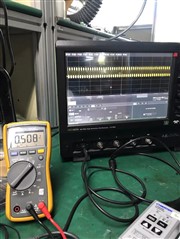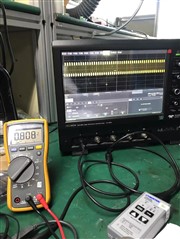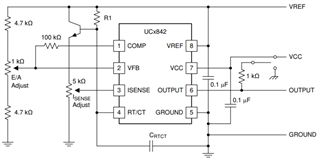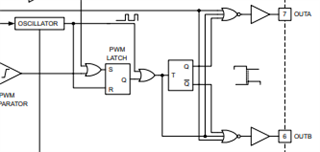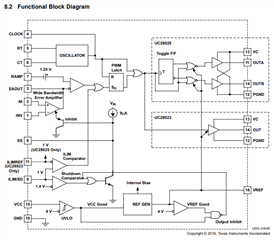Other Parts Discussed in Thread: LM5109, UCC28085, UCC28083
The half-bridge topology we use is shown in the following figure:
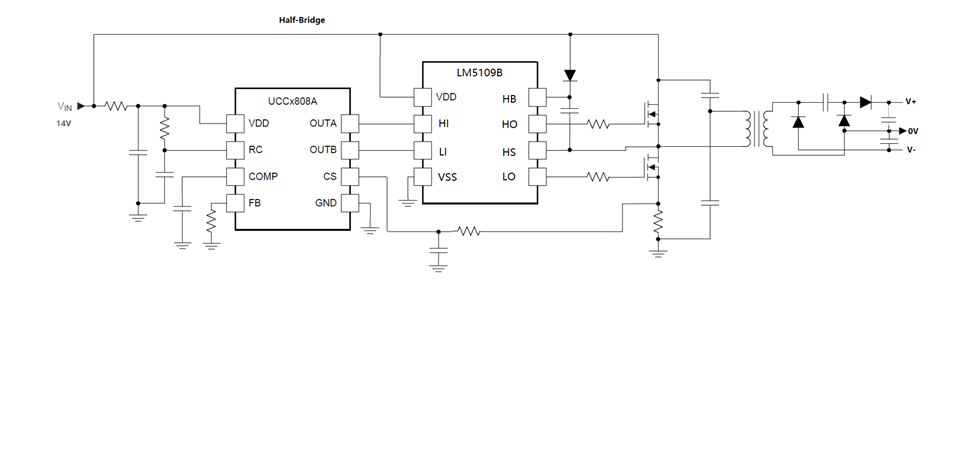
We have following questions:
question1:The recommended supply voltage of LM5109BMA given in the datasheet is 14V,but the rated supply voltage is 18V,leaving 4V as a safety margin,can we use 15V to power the LM5109BMA?
question2:The UCC2808A-2 datasheet gives the threshold voltage of the CS is 0.8V, but we have given the CS voltage more than 2V ,
the CS cannot turn off the UCC2808A-2.Why and what should we do ?






